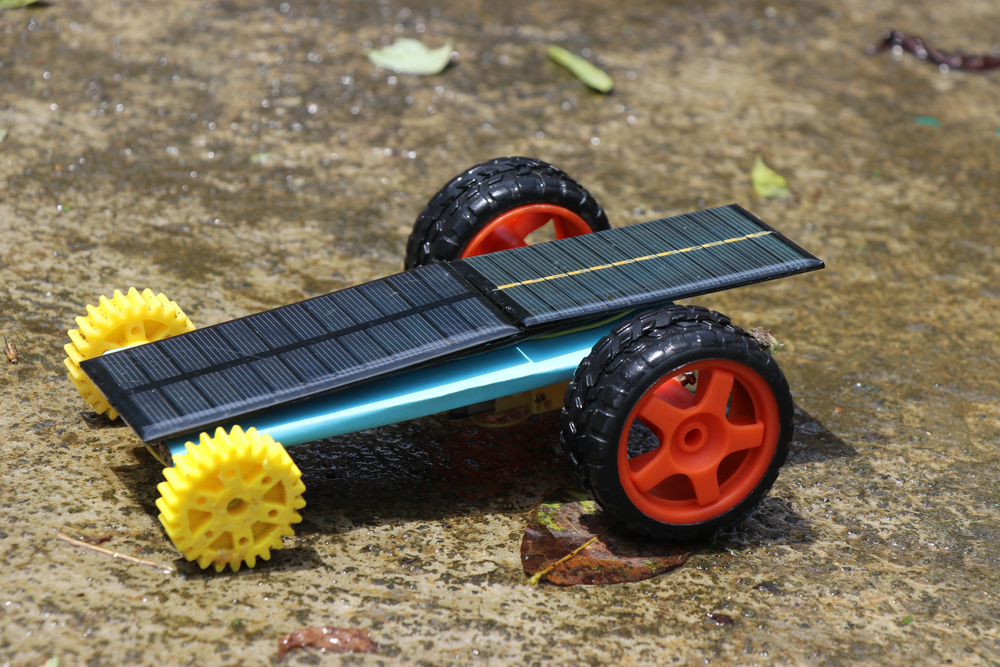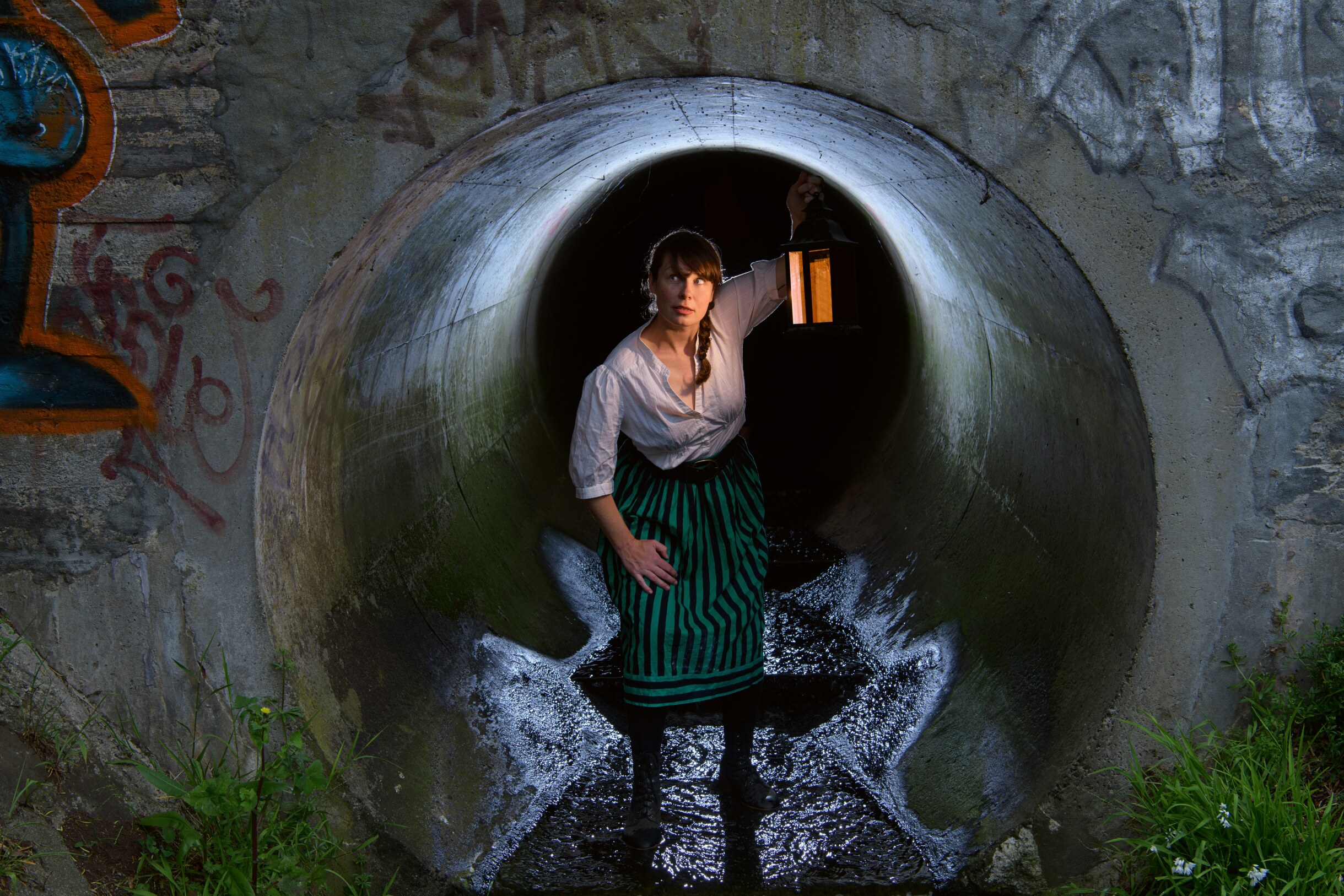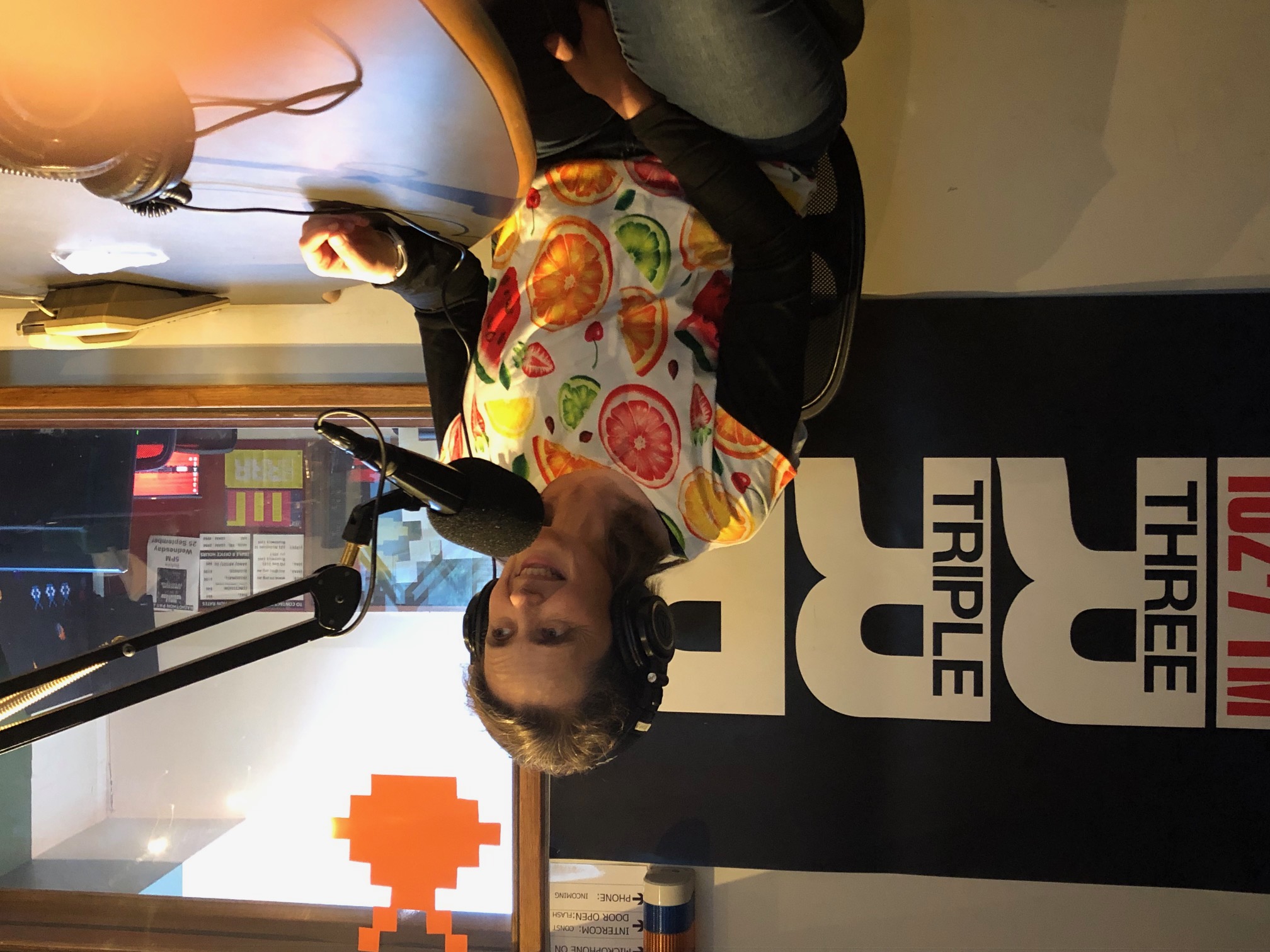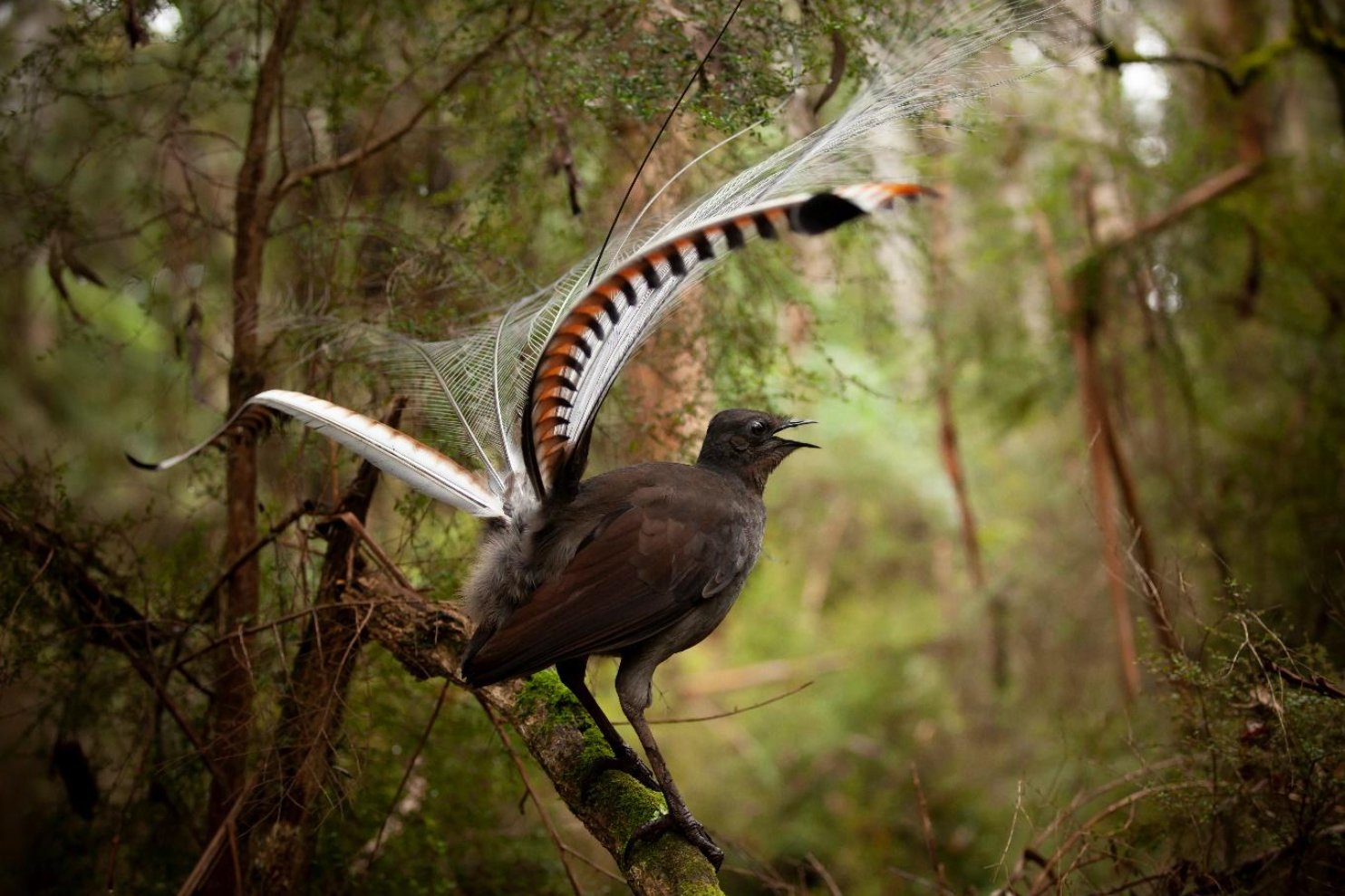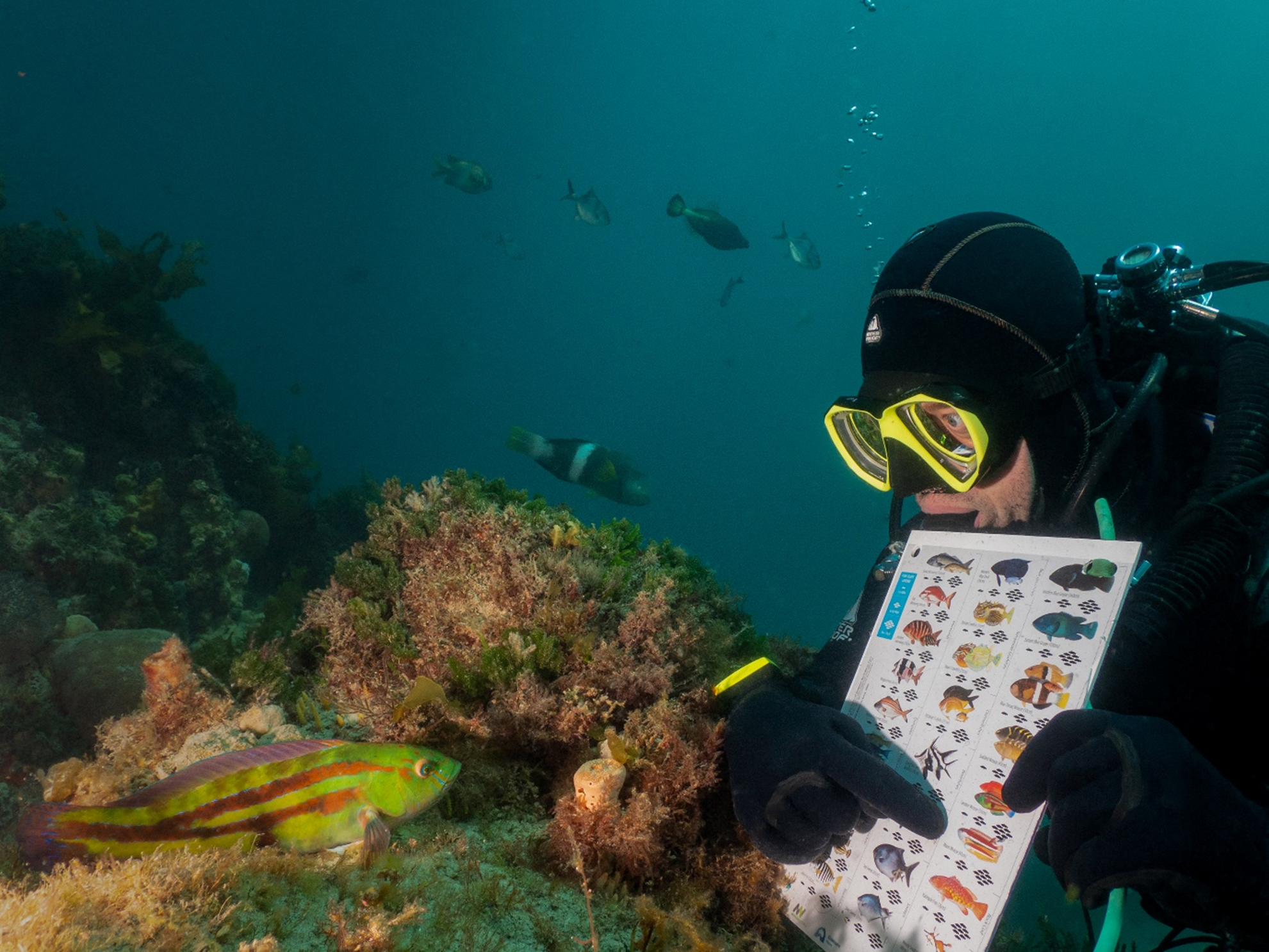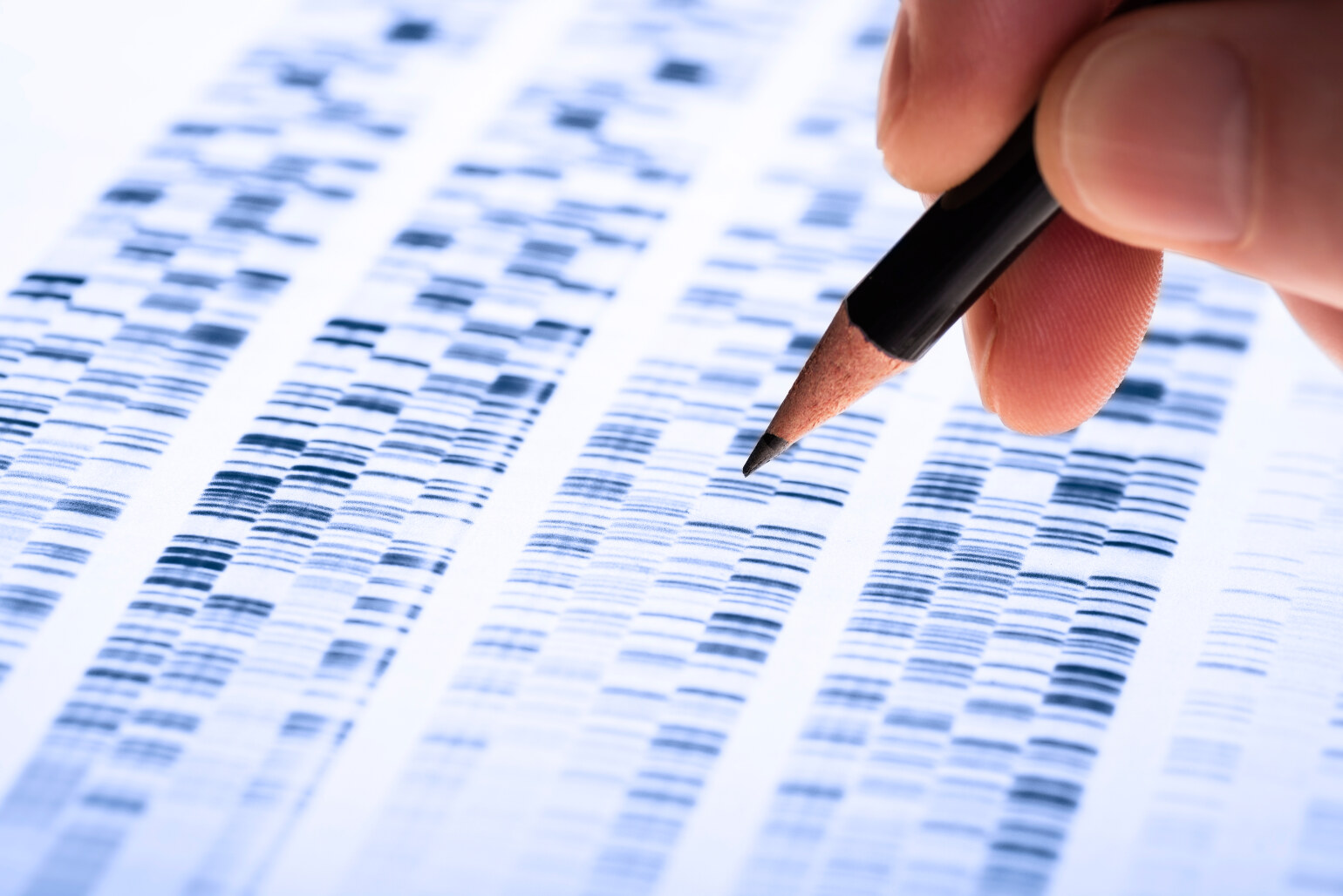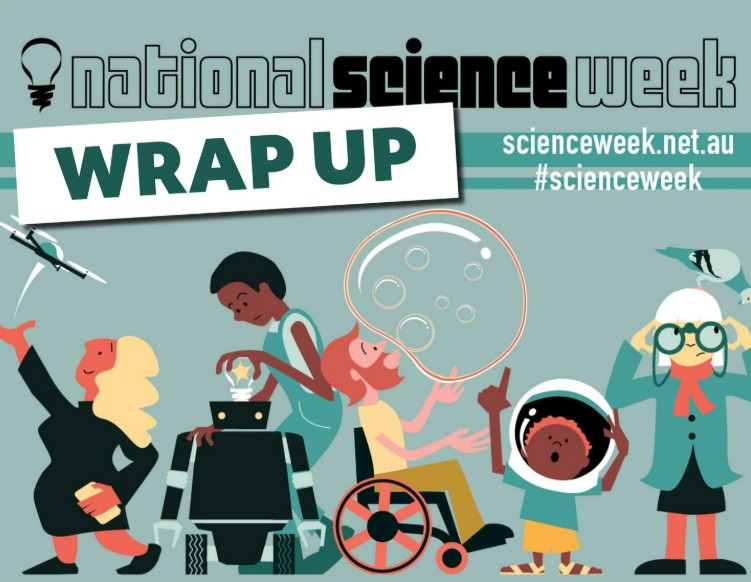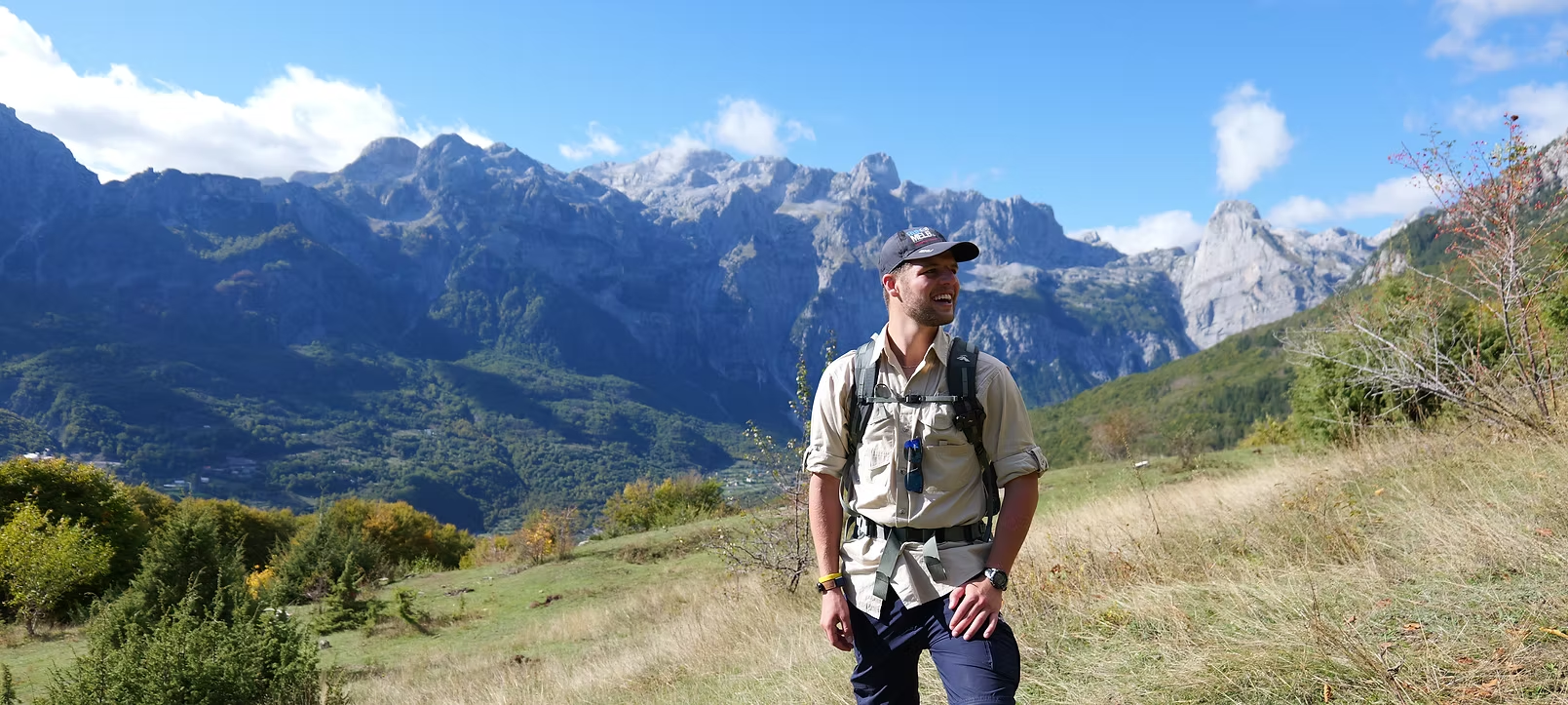Science Gallery - A Place Where Curiosity Thrives!
Science Victoria Edition
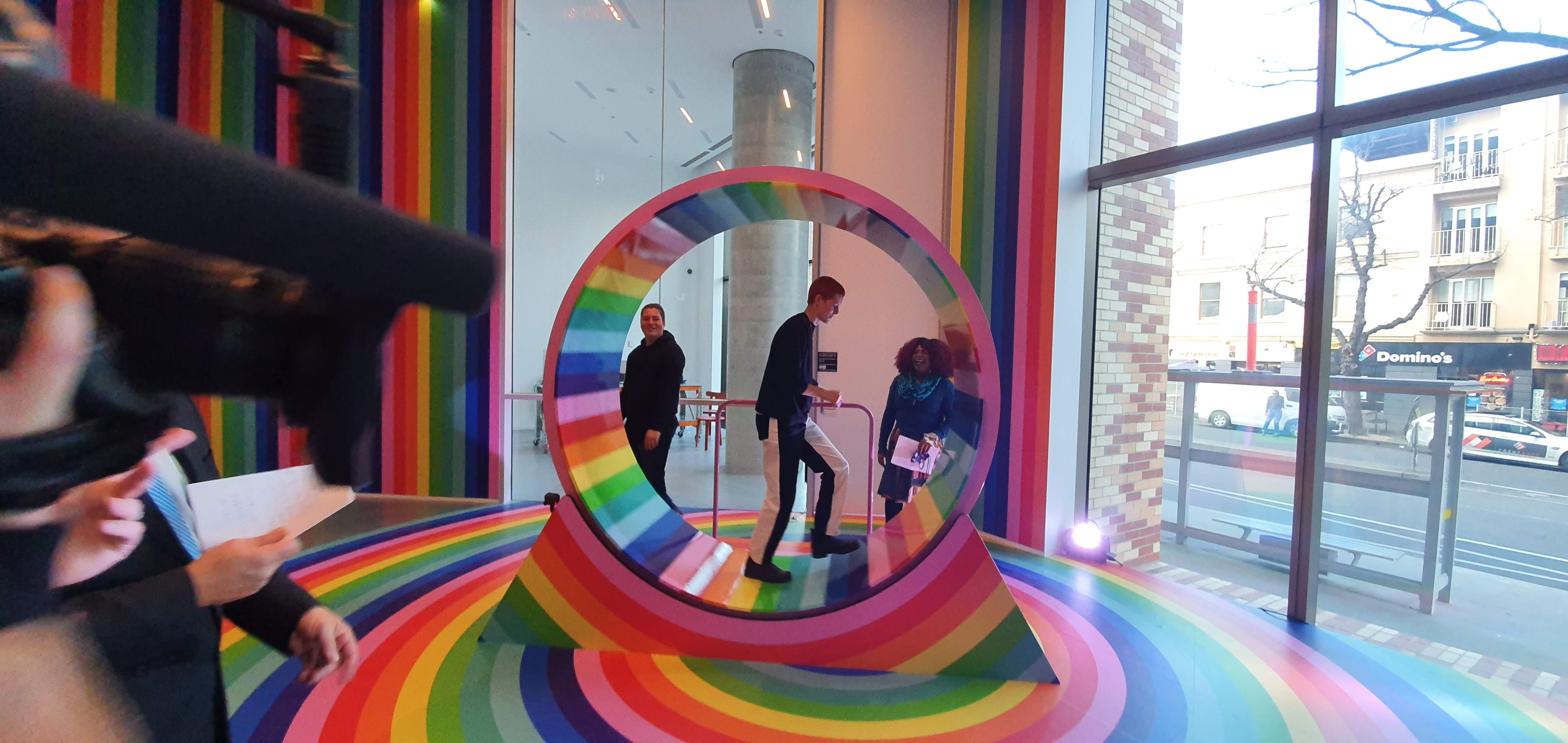

Head of Curatorial, Science Gallery Melbourne, University of Melbourne
Imagine a space where the boundaries between disciplines dissolve. It’s a place where curiosity isn't just encouraged - it's required. And it already exists. Embedded in the University of Melbourne, Science Gallery Melbourne connects young people with big ideas through exploring the creative intersection between the arts and sciences.
The idea might sound simple, but it’s revolutionary. Western education has long separated disciplines into neat boxes or silos – science for “smart” people, art for “creative” people.
At Science Gallery, we believe those boxes limit potential. Curiosity, creativity, and experimentation are not confined to one field - they thrive at the intersections between them.
By bringing together artists, scientists, engineers, poets, technologists, and others beyond, the gallery creates a space where new ideas spark and boundaries blur. These interactions produce neither pure art nor pure science. They produce something in-between: experiences that challenge perspectives, invite questions, and even inspire change, such as our exhibition on mental health, MENTAL and on reimagining waste, DISPOSABLE (see below).
What’s more, the exhibitions are developed by sharing decision making and co-curating with a group of young people and with input from experts from across the sciences and creative arts.
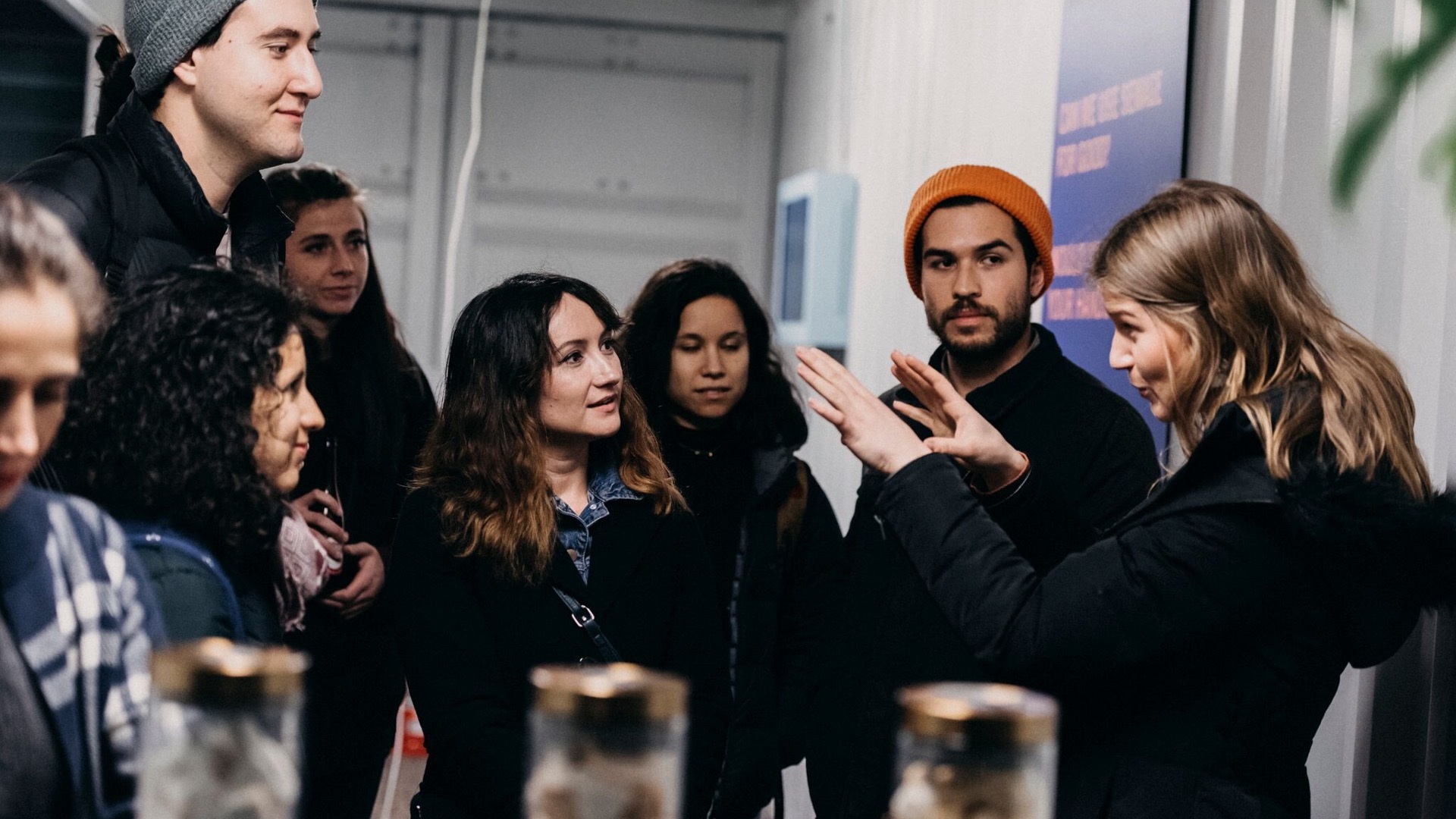
Part Laboratory, Part Gallery, Part Social Experiment
The target audience at Science Gallery Melbourne is 15 to 30 year olds, an age group brimming with the potential to tackle the world’s biggest challenges. But reaching this audience requires a different approach from traditional science or art galleries. The gallery is not a science museum, nor a conventional art gallery. It is a hybrid: part laboratory, part gallery, part social experiment.
The science gallery’s mission is simple but ambitious: to inspire young minds through interdisciplinary collaboration, blending disciplines including, but not limited to, science, technology, engineering, art, and mathematics (STEAM) in ways that are both engaging and transformative.
At our science gallery, that acronym is almost as popular as our other great love, interdisciplinarity. When people break down the barriers between disciplines, unexpected connections emerge. Curiosity sparks. Questions multiply. Perspectives shift. And sometimes, a seemingly impossible problem finds a surprising solution. In the SWARM show, for instance, Insects au Gratin, a work by Susana Soares and Andrew Forkes, proposes a sustainable approach to food that would help save the planet.
It's worth mentioning at this point that this approach is not a new one. For more than 65,000 years on this Country, First Nations peoples have worked in deeply interdisciplinary ways, combining knowledge, practice, and creativity. We pay our respects to these traditions, and recognize the richness and experience of these knowledges.
Science Galleries: A global network
The Science Gallery Melbourne is not alone. It’s part of a worldwide movement, the Science Gallery Network. Founded in 2008 at Trinity College Dublin, the network now spans the globe with galleries in London, Bengaluru (Bangalore) and Monterrey as well as Melbourne. This global network of galleries is dedicated to building the next generation of creative problem-solvers.
Each gallery shares a commitment to young people, interdisciplinarity, and experimentation, though each has its own local personality. All focus on themes that resonate with young people – climate change, waste, technology, mental health, gender, and identity. And all explore these themes through exhibitions, events, workshops, and immersive experiences that invite visitors to participate, question, and reflect.
Creating with curiosity: How we curate
From the start, we engage young people in shaping exhibitions through our Sci Curious advisory group, a think-tank of about 30. This diverse group provides insight, meaningful contributions and feedback on themes, projects, and ideas. We talk to them about what themes we should be covering – what keeps them up at night – what issues need focus and attention, and importantly what issues do not need attention any more.
Our second think-tank is known as the Leonardos - a group that draws together exceptional people from a range of backgrounds – science, technology, the arts, media, education and business. This is another forum where themes for the new exhibitions are inspired and where collaborations are sparked. Sometimes these two groups meet separately; sometimes they cross pollinate.
Once we settle on a broad theme we put out an open call inviting artists, researchers, collaborators from any discipline to submit ideas that respond to it and explore the questions proposed. These proposals are discussed and vetted by a smaller curatorial panel which evolves from show to show. A majority of its members are aged between 15 and 30.
Past panels have included artists, researchers and high school students, all with input in making decisions about what to include, what works and how the programs are to be delivered. It is a total joy to collaborate with all these people. Another circle of minds around the development of each show is our Expert Advisory Group, made up of academics and collaborators deeply connected to the topic being explored.
From idea to impact: Transformative exhibitions
Our exhibition MENTAL, for instance, explored mental health in ways that were playful, challenging, and inclusive. Curated with and for young people, it showcased more than 20 works from local and international artists and research collaborators. These installations did not present one model or one way of thinking about mental health; they explored lived experience, societal bias, and the variety of ways humans survive, connect, and thrive.
One striking example is The Wheel, a rainbow-coloured, human-sized hamster wheel created by artist Hiromi Tango and neuroscientist Dr Emma Burrows with input from computer scientist Dr Tilman Dingler. It invites visitors to step inside and experience first-hand how movement together with social encouragement can shift mood. Sensors track activity, while an online feed lets others cheer the participants on.
“As a neuroscientist, I’ve seen how exercise and play boost brain plasticity, mood and memory,” Emma says. “The Wheel explores what key ingredients help us stay on the wheel and commit to incorporating exercise into our daily routine… The laughter that accompanies each kilometre travelled is infectious.” This is science made tangible, playful, and participatory - an experiment, an artwork, and a conversation-starter all at once.
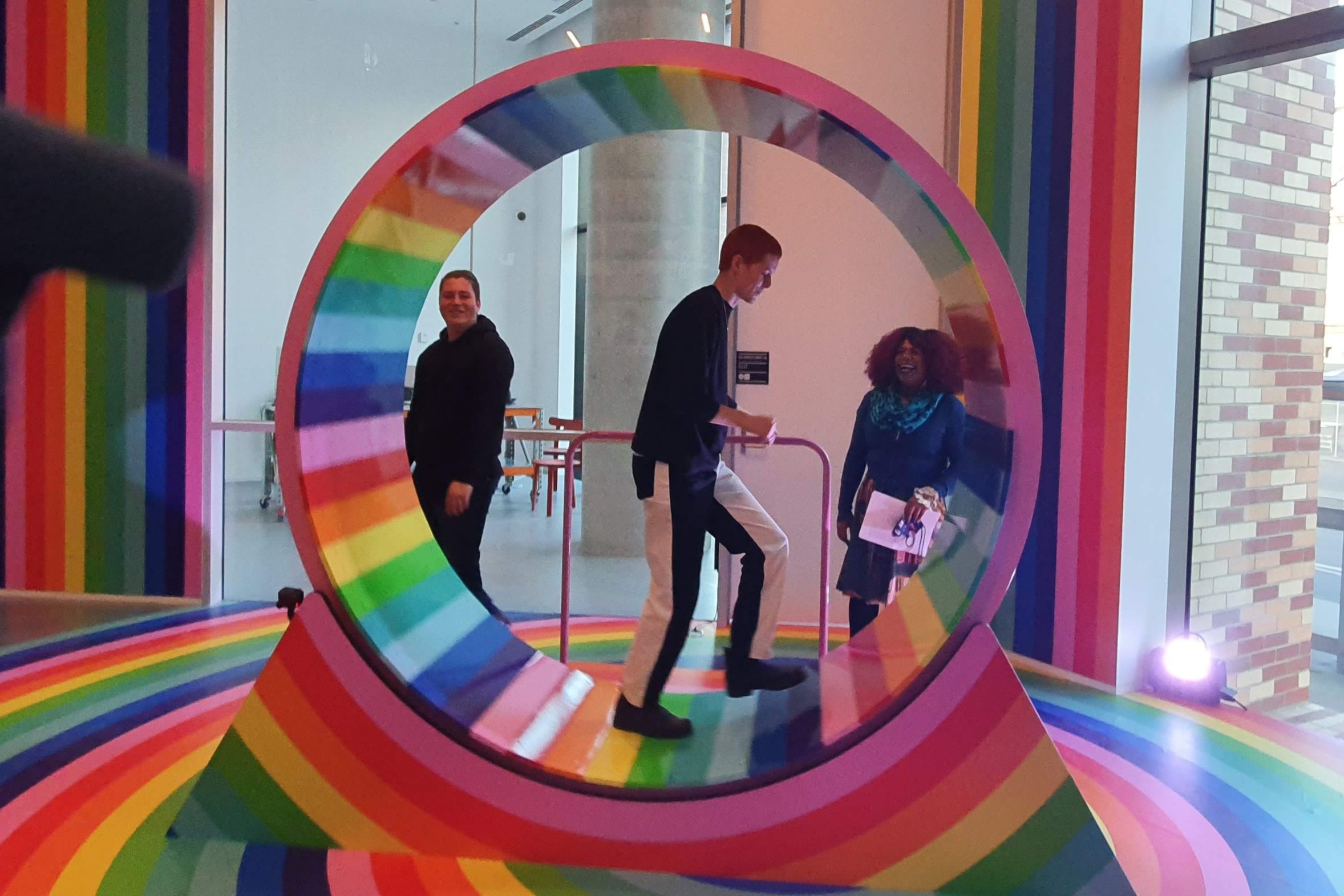
Interdisciplinary practice thrives on collaboration, experimentation, and sometimes discomfort. One memorable project from the season called DISPOSABLE captures this spirit perfectly: The Urinotron. The exhibition invited collaborators to confront the urgent problem of our throwaway culture and to reimagine waste as resource.
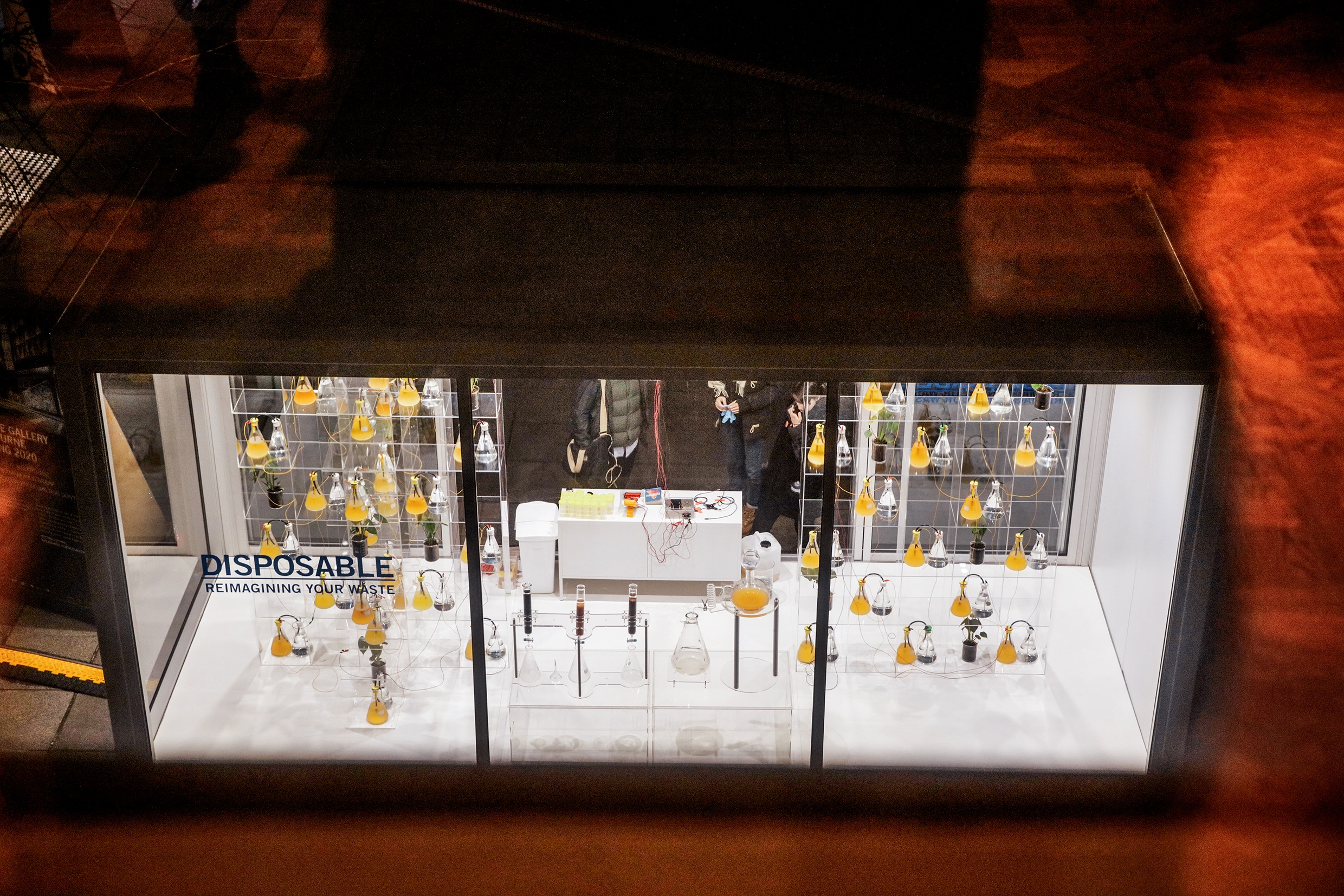
Artists Sandra and Gaspard Bébié-Valérian proposed something at once provocative and poetic: a gleaming glass sculpture set on a plinth, filled with their own urine. On the side of the sculpture would be a tap, connected to a filter, that would turn the urine into safe drinkable water.
The provocation was, ‘Would you drink this water, knowing where it came from?’ It was a captivating idea, but I wanted to push it further. In stepped University of Melbourne chemical engineer Professor Peter Scales. From my experience engineers always want to show, not tell.
On hearing the artists wants to show how we are literally flushing away a valuable wee-source, Peter suggested we supersize The Urinotron into a fully functioning battery powered by the ‘contributions’ of visitors. People could then literally plug their phones into the battery and charge them with energy produced from their own urine.
Disgust, humour, and creativity converged, sparking conversations about waste, resource use, city planning and collaboration in ways that a traditional exhibit never could.
Peer-to-peer model in gallery
At the Gallery, young people are not only involved behind the scenes - they are front-of-house mediators, guiding conversations with authenticity, empathy, and insight. This peer-to-peer model transforms the gallery experience for visitors, who are able to engage with a multitalented team of young people armed with questions rather than answers.
A research project showed this approach builds confidence, interpersonal skills, and civic engagement in the team, and gives visitors a richer, more meaningful encounter with the work.
The Gallery emphasises experimentation, inclusion, and reflection. It embraces the discomfort of working in the space between disciplines, where not everyone will agree on what counts as “art” or “science”. This uncertainty is fertile ground for innovation. Every exhibition becomes part experiment, part exhibition, and part conversation-starter.
Why this matters
Interdisciplinary at the Science Gallery is more than a creative exercise - it is a model for future problem-solving. By connecting sciences and arts, we cultivate skills young people need in the 21st century: curiosity, collaboration, creativity, empathy, and critical thinking. These are skills that will equip the next generation to tackle complex challenges - from climate change to public health crises, technological transformation, and social inequity.
When visitors walk through exhibitions like MENTAL, they leave with more than knowledge - they leave with a new perspective. Surveys of the exhibition revealed that 80% of visitors reported having their thinking challenged, while 86% had conversations they would not have engaged in outside the Gallery.
The future of STEAM engagement
Ultimately, Science Gallery is about connecting people to ideas and to each other. It is a space where creativity meets inquiry, where young people are empowered to contribute, and where the next generation of creative problem-solvers can imagine what is possible when arts and sciences collide.
And that is a challenge and an opportunity we need to embrace every day.
References
- Burrows, E., (2021). Running on rainbows.University of Melbourne.https://pursuit.unimelb.edu.au/articles/running-on-rainbows
- Enros, K. & Bandelli, A., (2018). Beyond self-confidence: a participatory evaluation of personal change in Science Gallery's Mediators Journal of Science Communication 17(3): N01. https://doi.org/10.22323/2.17030801
Discover how you can join the society
Join The Royal Society of Victoria. From expert panels to unique events, we're your go-to for scientific engagement. Let's create something amazing.




